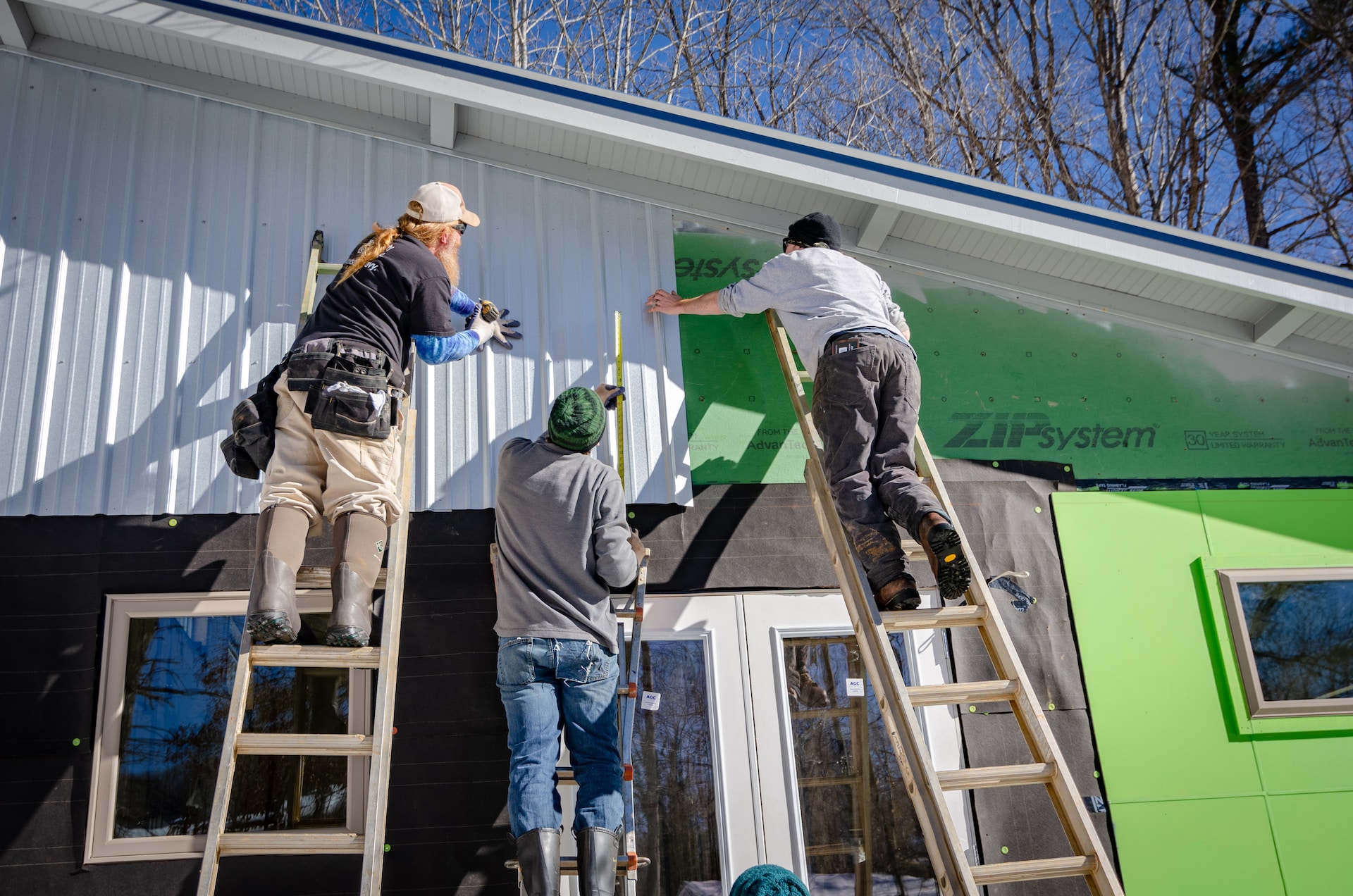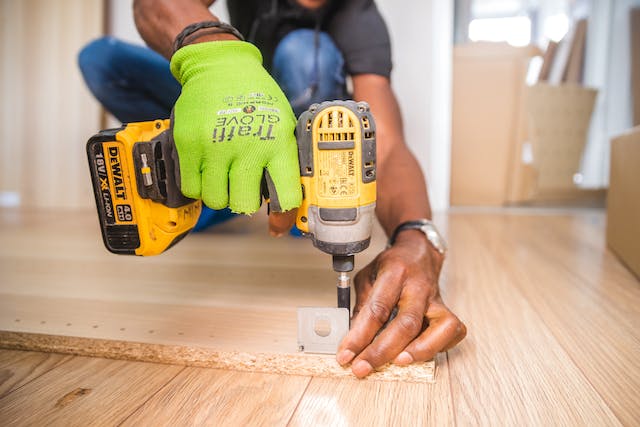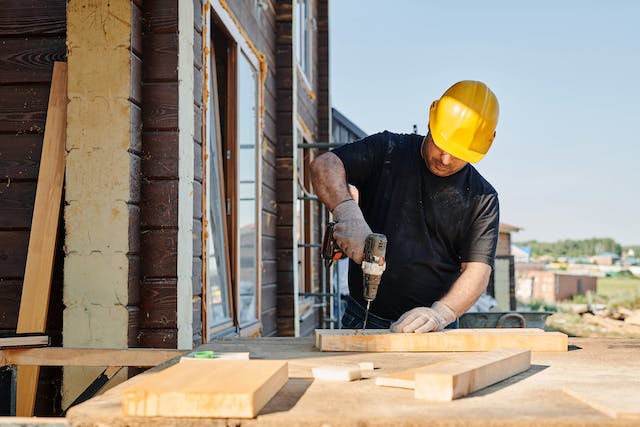Exploring the Latest Trends in Home Construction Materials and Techniques

The world of home construction is evolving at a remarkable pace, with innovative materials and techniques transforming the way we build our homes. From sustainability to durability and aesthetic appeal, the latest trends in construction materials and techniques are revolutionizing the industry and shaping the homes of the future. In this document, we will explore some of the most exciting and cutting-edge developments in home construction and how OKCrete Oklahoma Concrete is changing the way we live.
Sustainable Materials Take Center Stage
Sustainability has become a focal point in home construction. Builders and homeowners alike are increasingly turning to eco-friendly materials that reduce environmental impact without compromising quality or aesthetics.
- Bamboo: This fast-growing, renewable resource is gaining popularity for its strength and sustainability. It’s used for flooring, cabinetry, and even structural elements due to its durability and eco-friendliness.
- Recycled and Reclaimed Materials: Utilizing recycled materials like reclaimed wood, glass, and metal not only adds character but also reduces waste, contributing to a more sustainable construction process.
- Rammed Earth: This ancient building technique involves compressing layers of damp earth into a frame to create walls. It’s not only sustainable but also highly energy-efficient due to the thermal mass of the earth.
- Green Roofs: These living roofs are becoming increasingly popular in urban areas, providing insulation and reducing stormwater runoff while adding natural beauty to buildings.
Innovative Techniques for Improved Efficiency
Along with sustainable materials, innovative construction techniques are also revolutionizing the home-building process. These advancements not only improve efficiency but also enhance the quality and longevity of homes.
- Prefabrication: This method involves constructing components of a home off-site in a controlled environment, reducing waste and improving precision during assembly.
- 3D Printing: This cutting-edge technology allows for the creation of complex and customizable building components, reducing build time and costs while enabling unique architectural designs.
- Modular Construction: This technique involves constructing homes in modules or sections that are assembled on-site, allowing for easier transportation and installation and reducing construction time and labor costs.
Designing With Technology
Technology also plays a vital role in modern home construction. From virtual and augmented reality to smart home features, technology is improving the design process and enhancing the functionality of homes.
- Virtual Reality: This allows homeowners to experience their future home before it’s built, providing a more realistic representation than traditional 2D drawings.
- Smart Home Features: From automated lighting and temperature control to security systems and voice assistants, smart home features are becoming standard in new construction, improving energy efficiency and convenience for homeowners.
- Augmented Reality: This technology overlays digital images onto the physical world, providing real-time visualizations of proposed designs and allowing for easy changes and modifications.
In Conclusion
The landscape of home construction materials and techniques is experiencing a dynamic shift toward sustainability, technology integration, energy efficiency, and versatility. Embracing these latest trends not only meets the demands of the present but also sets the stage for creating homes that are eco-friendly, resilient, energy-efficient, and aesthetically appealing. As these innovations continue to evolve, the homes of the future will undoubtedly be more innovative, comfortable, and sustainable than ever before.



